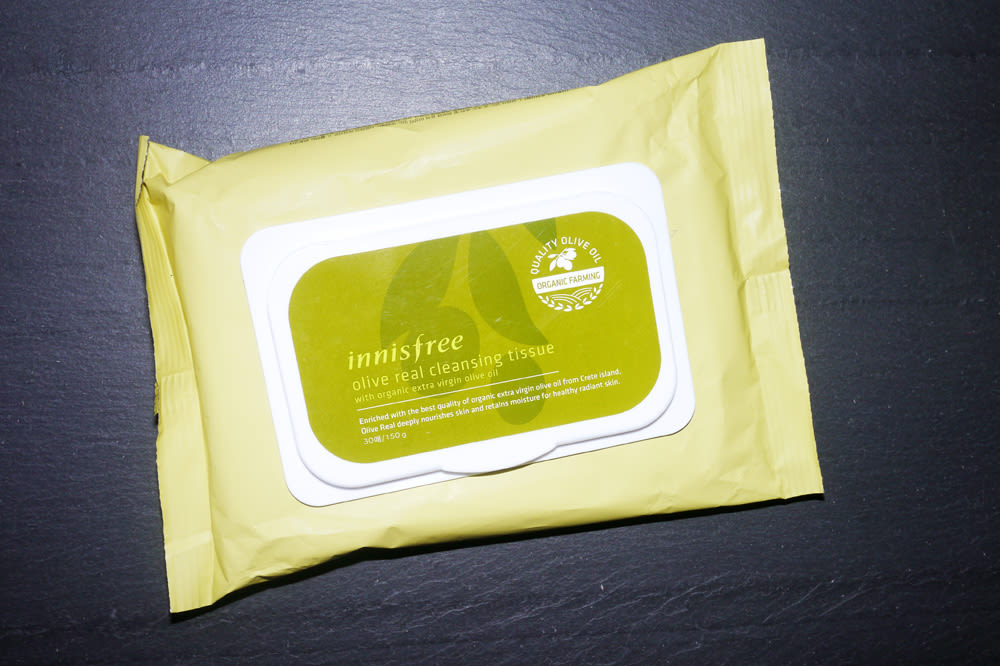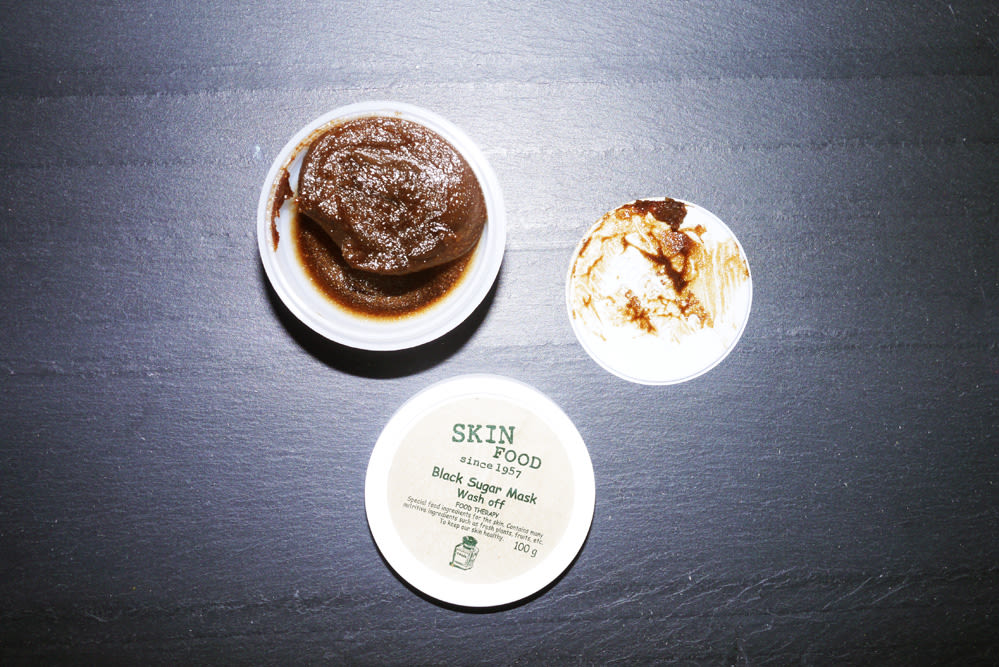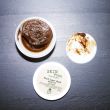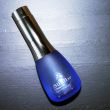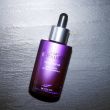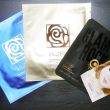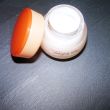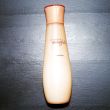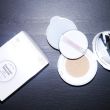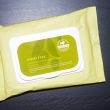Since her article on the best Korean makeup was so well-received, and you, our lovely readers, essentially demanded a skincare follow-up, the pore-less Charlotte Cho is back with a rundown of the beauty routine she picked up while living in Seoul.
Skincare in Korea is a somewhat exhaustive multi-step process, a fact which seems to have sparked a ton of intrigue in the beauty world as of late. To outsiders looking in, the “million-step” Korean skincare regimen sounds a bit extreme, but it all boils down to cleansing, exfoliating, treating, intensely moisturizing and applying plenty of SPF during the day. I guess the real differentiating factor between how Koreans take care of their skin and more Western routines is that in Korea, you’re programmed to start early— well before your first training bra—while our more American version of skincare tends to be a sudden mad dash to Nordstrom to buy $100 eye cream, hoping it will reverse some of the teenage UV damage when we hit the age of 30. Thorough skincare is really just a part of Korean culture—it's completely ingrained in your life since early childhood, when you're dragged along to the communal bathhouses by your mother to have your dead skin sloughed off with bright green viscose cloths.
When I first got to Korea, I was motivated to start up with a Korean-style routine because my coworkers thought I was so barbaric for my complete lack of one. They would say (rather bluntly) in passing, “I could see your dark circles from way over there,” or, “What is growing out of your skin?” or my favorite, “ P lease brush your hair.” So they obviously didn’t get the whole wavy California beach hair look, but their well-intentioned rudeness did get me thinking about my skin. And I’ll admit, I was (still am) shallow enough to be influenced by the flawless-faced actresses in Korean dramas—and I watch them all in HD! How Jun Ji-hyun has better skin in My Love From Another Star than when she starred in My Sassy Girl 13 years ago is just beyond my comprehension.
To those who believe they aren’t high maintenance enough for that bright, dewy skin: I didn’t either. But, like our American moms always said while shoving (their version of) Korean stir-fry into our mouths: just try, you might like it!
Step 1: The Eye Makeup Removal
Remove your eye makeup gently with good makeup remover or Innisfree Olive Real Cleansing Tissues, because expecting a normal cleanser to do a detailed job is what leaves you with week-old mascara on your lashes. And the last thing you want to do is tug the skin around your eyes, because, like most things in life, it will hold up better if you treat it gingerly. Also, use it to remove any long-wear lipstick.
Step 2: The Cleanse
Rule of thumb is, if you’re going to spend 30 minutes putting on your face, you should spend the same amount of time are take the same amount of care when cleaning it off. Use an oil cleanser like The Face Shop Rice Water Cleansing Oil and use gentle, circular motions with your fingers to massage and clean off that foundation and BB cream. Koreans (and Into The Gloss) believe that massaging the face increases circulation, which equals brighter skin.
Step 3: The Exfoliator
Exfoliating with a natural scrub like the Skin Food Black Sugar Wash Off Mask really brings your skin back to its glory days when it was as soft as a baby’s butt. Twice a month is plenty, just concentrate on the t-zone or where blackheads frequent. When it comes to facial exfoliation, Korean women often believe less is more.
Step 4: The Refresher
What we in America think of as “toning' is an essential step. It's believed to help remove pollutants along with any residue from your cleansers, while also restoring your skin’s pH balance. It soothes and preps your skin to absorb the next step—the essence. I’ve found Korean toners are less harsh and drying than other kinds that I've tried, which is maybe why they're called “refreshers.” And they're made from more interesting ingredients—the SU:M37 Waterfull Skin Refresher contains fermented bamboo extract. Dispense the toner onto a cotton pad and wipe your face and neck—and don’t be surprised at the dirty streak left on the pad.
Step 5: The Essence
Considered the most important step to Korean women, yet still a mystery to many. Soak your face in Missha First Treatment Essence, which many compare to the popular SK-II Facial Treatment Essence. It affects skin on a cellular level, speeding your cell turnover rate which makes skin smoother and brighter. I’ve had the most noticeable results from adding this this to my regimen.
Step 6: The Ampoule
Ampoules are super-concentrated versions of essences, and are often referred to as serums and boosters out West. The Missha Time Revolution Night Repair New Science Activator Ampoule contains the key ingredient bifida ferment lysate, (As does the Estée Lauder Advanced Night Repair! See, we're not that different.) which helps brighten skin, fading sunspots, and smoothing fine lines.
Step 7: The Sheet Mask
Sheet masks are a twice-a-week ritual, or more if your face is very dry. The wet, papery, Jason-like masks (I love Manefit Bling Bling Hydro Gel Masks [ed note: discontinued]), are soaked in ingredients like collagen, which they in turn soak into your skin. The fun is in the variety; some masks contain avocado extracts (containing tons of antioxidants) or Vitamin E (anti-aging). The secret to sheet masks? They force your skin to absorb the nutrients and moisture better than if you just applied a cream or serum—before the product has a chance to evaporate. The immediate effects are addicting, after one use your face is slightly more plump and much brighter due to all the moisture your skin just absorbed.
Step 8: The Eye Cream
This is a self-explanatory product, but take note of the technique. Gently tap Etude House Moistfull Collagen Eye Cream around the eye area. This leads to better absorption of the product, and of course eliminates any of that tugging and pulling.
Step 9: The Moisturizer
Really, another layer? If you haven’t noticed, Korean women are all about layering, to the point you feel your skin has been mummified. Again, generously massage the Etude House Moistfull Collagen Emulsion (the Korean translation for “moisturizer') with gentle strokes so that it really, truly, penetrates into your skin.
Step 10: The Night Cream
By this point your face feels like a 6-tiered cream cake and your skin has major shine—or as Korean women like to call it, a dewy, “moist glow.” The point is, your skin needs to stay hydrated as you recharge overnight. And because the next big thing in Korean skincare is the use of fermented ingredients, pat in a cream that contains fermented snow lotus extracts, bamboo sap and fruit water like the SU:M37 Timeless Moisturizing Cream. If it’s morning time, skip this and go straight to a BB cream like the Etude House Precious Mineral Any Cushion, or a product with plenty of SPF.
Intimidating, much? Like I tell all my girlfriends, this routine only takes about 15 minutes out of my evening (sheet masks and exfoliating packs are not really a daily thing), and it’s actually a bit therapeutic to pamper my face as I wind down for the night. The key is daily prevention and nurturing, which eliminates any need for expensive facials. Sure, if you’re stumbling home a bit toasty, barely able to take off your triple-strapped sandals, do yourself a favor and at least wipe off the day’s makeup with some cleansing tissues. Sleeping in your makeup is the universal ultimate skincare sin—whether you're in NYC or Seoul.
—Charlotte Cho
Charlotte is the co-founder of SokoGlam, a retail site with a mission to bring Korean beauty products direct to women in the US.
Read about Peach & Lily founder Alicia Yoon's beauty routine in her Top Shelf, this way.
For more on Korean makeup, click here.
And when the weather's cold, switch over to The Cold Weather Korean Skincare Routine.
